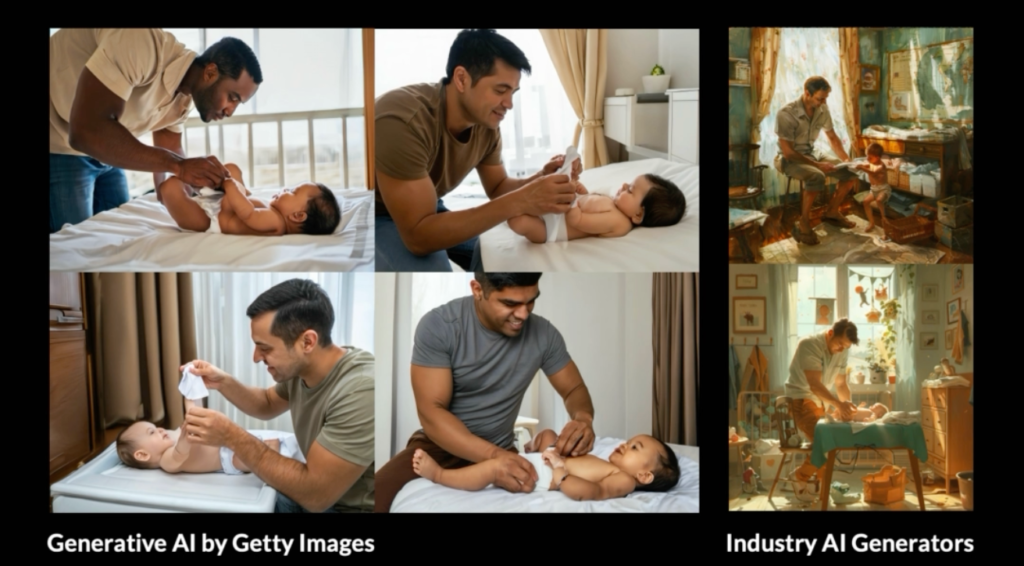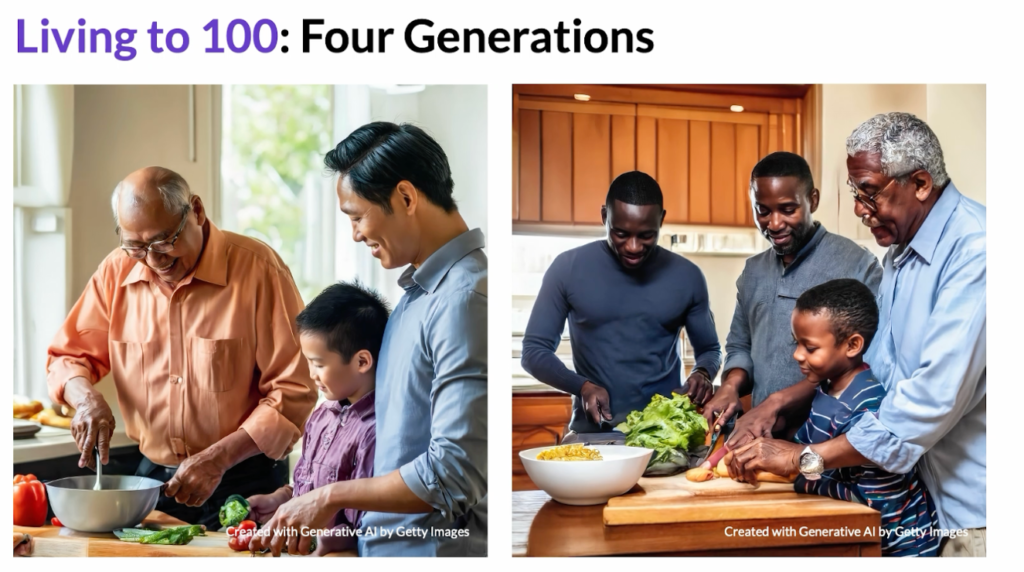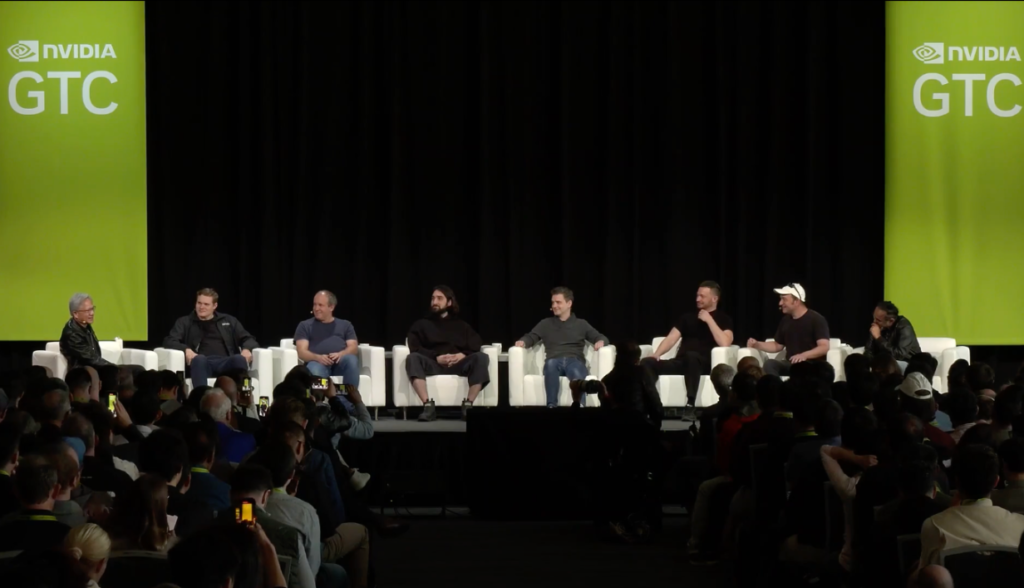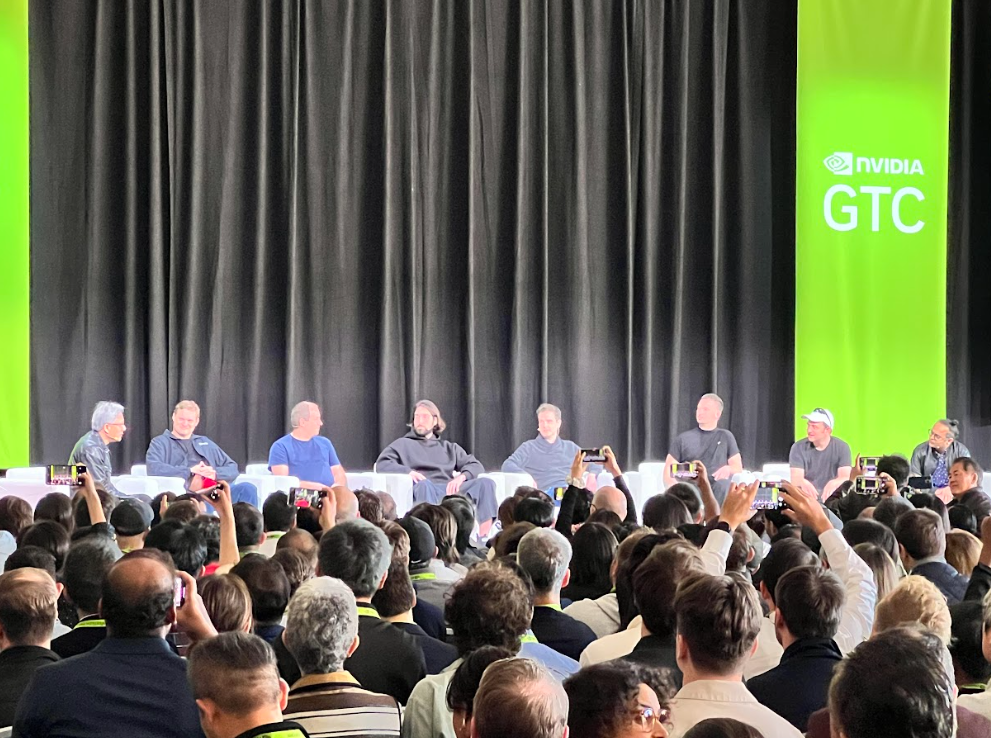Technology and Creativity: Advances and Perspectives in Artificial Intelligence

During the Nvidia 2024 global conference, a fascinating talk addressed the intersection between artificial intelligence and human creativity. Using the example of Getty Images, it discussed how the company developed its own Generative AI, based on Nvidia’s Picasso solution, to generate images with guaranteed copyright and fair remuneration for creators.
In the talk, Andrea Gagliano, Senior Director, AI/ML at Getty Images, talked about how the platform continuously remunerates photographers for the photos used in the tool’s training, in order to encourage the creative industry to continue producing material. Andrea commented that, even with an image bank that represents only a fraction of what other market solutions such as Midjourney use, they have used all of Getty’s experience to create a platform that delivers superior results for commercial uses.
Getty’s Generative AI has also been developed much more intentionally than others, in order to more fairly represent society and bring more natural, higher quality results. So when you create a prompt about a doctor in Getty’s AI, you get results with less bias than in other tools. And when you input something like fathers changing diapers, you get more natural, non-fantastical results.

Andrea also stresses that the decision to pay the people responsible for the data used in training should also be seen as a question of the sustainability of databases for creative training. After all, if there isn’t enough data for the model to evolve, it will become increasingly incorrect.
As an example, she brought up the prompt of four generations coming together, which may become increasingly common in the future, with people living to be close to 100 years old. Today, there are still not enough images of this scene for the model to understand the demand. And this prevents it from responding efficiently. In other words, if creatives stop reflecting the world and recording social changes in large volume, the models will become stagnant.

GenIA can’t create images of four-generation families because there isn’t enough data
To reinforce her point, Andrea draws an interesting parallel between the evolution of the most searched images on Getty Images over the last few decades, showing how visual records reflect social changes. According to Andrea, when we think about remunerating creators, we’re not just thinking about them or the market as it was, but about the future and the very sustainability of Generative AI models.
Transformers and AI: panel with the pioneers of today’s AI.

The informal panel brought together, for the first time on the same stage, the inventors of the Transformer model, the architecture that made tools like Chat GPT possible.
We were able to follow the story behind the creation as told by the pioneers of the invention, from when the idea arose to solve problems of search speed and translation on Google to curiosities such as the model’s almost unfriendly name of CargoNET.
Jensen Huang, CEO at Nvidia, stressed the importance of the model for the evolution of Artificial Intelligence and stimulated debate on the next frontiers for the evolution of models. They commented on how the next step will probably be to have something capable of recognizing the size of the challenge and using the necessary computing power in order to make AI more efficient.
Today, for example, a 2+2 question can trigger a 1 trillion parameter model, which wouldn’t be necessary if the model could recognize the size of the challenge and trigger the appropriate computing power for it.
There has been a lot of talk about how, in the future, a new model could be created that uses less data and less computing power to arrive at even better and more sustainable results.

At the end of the panel, the speakers briefly introduced the companies they are helping to build today:
- Essential.Ai: A company that is working to build models that can observe humans, learn and operate just as efficiently.
- Character.ai: Platform for creating and interacting with AI-based avatars.
- Inceptive: A biological software company using AI to develop new medications and treatments.
- Sakana.AI: Research company for new models inspired by nature
- Cohere: a language model designed for enterprises.
- NEAR: Blockchain protocol for programmable money.
In a day marked by innovative insights and revolutionary perspectives, these talks illuminated the intersection between artificial intelligence and human creativity, pointing to a future in which technology not only reflects, but positively shapes society.
We are facing a crucial moment in the evolution of AI, where collaboration between humans and machines promises to radically transform the way we interact with the world around us.